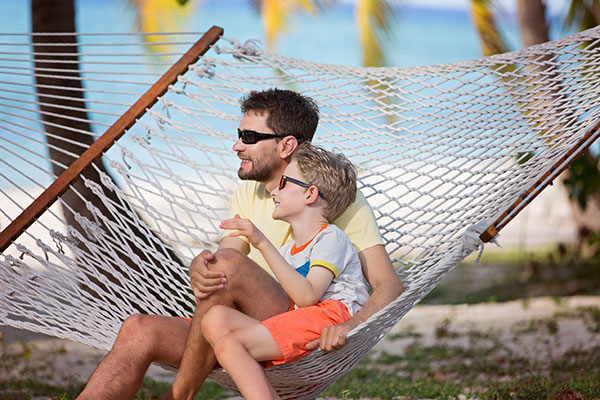The main program consists of three audio MP3 tracks. These audio tracks are created using brainwave-synchronization technology audio that speaks directly to your subconscious, to help you eliminate limiting beliefs.

Ancient cultures embraced the practices of yoga, qi gong,
and prayer to relax along with meditation—training
the mind to achieve an insight to the self.
But making relaxation techniques work for you comes with practice.
Calming the mind and feeling the “aaah” is what comes from total relaxation.
And connecting the mind, body, and spirit is known as reaching a Zen state.
The breath is the focal point.
Proper breathing is vital to each of the
following relaxation techniques because it causes you to empty your mind
and coordinate your movements around the breath.
The word yoga comes from the Sanskrit yug, meaning "to bring into balance". For beginners, the tree pose or tadasana is recommended to get the feeling of concentration and balance.
Pronounced chee-kung, qigong is an ancient
Chinese art that incorporates subtle movements with breathing.
The body's life force, chi or qi, is its energy.
Gong refers to a practiced skill, one which has been perfected by repetition.
Tai Chi is the gentlest form of qigong.
The objective in this practice movement is to
feel as though you are in soft motion,
floating on calm moving water.
If you have ever been in the ocean and allowed yourself to be lifted and floated along with the gentle waves, this is the motion you’re trying to achieve.
Pilates, pronounced pill-ah-tees,
is named for Joseph Pilates who created
this method of connecting mind and body.
The mind must focus on the proper position of
the body for each exercise in order to integrate the two.
Pilates can improve spinal mobility, posture,
flexibility and endurance, abdominal strength, and bone density.
The roll up exercise can be done by beginners.
Walking doesn’t need much of an explanation. It lowers blood pressure,
improves strength and endurance, and tones the body.
A gentle walk at a moderate pace is an opportunity to commune with nature,
unwind and connect with your inner self.
Concentrate on your breathing. Find a peaceful spot, stop and rest,
taking in the sounds and movements of nature.
Concentrating on this will help you relax rather than rush through your walk.
At some point, most of us will experience eyestrain from viewing digital media, driving, or watching television. Palming is an excellent way to relax your eyes.
When you’re asleep, you’re not consciously aware of what’s going on around you.
Your body will repair and rebuild, but very often people toss around in their
sleep and even frown as the mind tries to work out waking problems.
Conscious relaxation includes the mind and body, so make this a daily routine.
In the end, you’ll work better, sleep better, and begin to see life through a new lens.